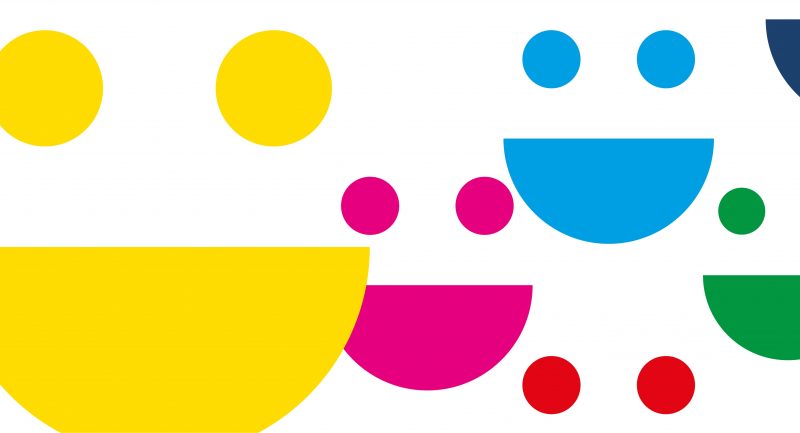
‘Your most unhappy customers are your greatest source of learning’ – Bill Gates
Games Customers Play by Ramesh Dorairaj deep dives into how reaching out to end consumers can give brands actionable insights. Such insights can then be translated into some change in the brand’s product design or delivery or service management, which makes their product or service more desirable.
Here are case studies of successful brands we all love, that gained customer affinity by reaching out to end consumers in innovative ways:
Asian Paints

Asian Paints did something different: it reached out to the end consumer. The house or building owner did not want to manage multiple vendors to get his house or office painted. Sensing this, Asian Paints co-opted upcoming interior design consultants who went to a potential buyer’s location and photographed his house or office rooms. They then loaded it into a software running on their laptops and showed the owner how different colours would look when applied.
Asian Paints also hired painters who would take those colours and paint the house.
P&G

Fast-moving consumer goods manufacturers like P&G and Unilever compete to get premium retail space. P&G chose a path of consumer-focused innovation.
P&G designed a programme called Living It, where its employees lived with potential customer for several days. A.G. Lafley, its former CEO, cites an example of how Living It helped reach out to the end customer. The Living It team studied the laundry activities of women from lower-middle-class families in Mexico and realized that hard water was a real problem. Softeners were needed, but softeners meant multiple rinses. This meant quite a lot of water, not available in abundance in the semi-urban and rural areas of the country. Figuring out the solution to this problem resulted in the launch of Downey Single Rinse.
Johnson & Johnson
Trust increases the perceived switching costs in a buyer. Johnson & Johnson, the manufacturer of pharmaceuticals and healthcare products, finds a place in Barron’s list of the world’s most respected companies, almost every year. It ranked first in 2016 and in 2017 it was seventh in the list. In 1982, Johnson & Johnson had to recall 31 million bottles of Tylenol (an over-the-counter drug for mild fever and the like) as some deranged person had put 65 mg of cyanide into capsules of Tylenol on some store shelves, leading to the death of seven people in the Chicago area. They had to spend about $100 million to recall all Tylenol capsules.

Such actions improve customer faith that even when things go bad, the seller is capable and willing to rectify the situation without considering the cost of such remedial action.
YouTube star Lily Singh aka | | SuperWoman | |
Consider the case of Lily Singh, a Canadian of Indian origin. Her YouTube channel username is | | SuperWoman | | . From 2010, she started publishing videos of skits that have three characters: father, mother and daughter. All three roles are played by her.

By 2016, her YouTube videos had been viewed more than two billion times and her channel had twelve million subscribers. The twenty-seven-year-old is a UNICEF Global Goodwill ambassador and has been named in the Forbes 30 Under 30 list in 2016. She undertook a tour of places with a significant Indian, and Punjabi, diaspora. She visited India in 2017. Singh reached audiences directly using YouTube, eliminating the middlemen of the entertainment industry.
———–
Games Customers Play, a thought-provoking book by Ramesh Dorairaj, shares valuable perspectives on what drives buyer-seller relationships. Available Now!









